1
HOME > Essentials >
WHY YOU NEED TO INVEST IN A PAIR OF WINTER GLOVES
Written by Ivan Yaskey in Essentials on the 3rd November 2020

How many of us have been in this scenario: It’s a cold December or January morning, you see your car covered in frost or a light layer of snow, and you use a scraper or brush to remove it. Almost instantly, your fingers can feel the below-freezing temperatures almost to the point of numbness, and you curse yourself for not bringing a pair of gloves with you.
Into winter, gloves aren’t just a convenience – they’re essential for preventing frostbite. Whether you’re driving somewhere, enjoy spending time outdoors, or wake up to knee-high snow on your property, you want a set that helps your fingers, palms, and wrists stay warm, blocks out moisture, fits decently, and offers a greater degree of dexterity. These factors, especially if you’ve grabbed a pair off the clearance rack in the past, are more stated than achieved, but with the right combination, you’ll find a pair that you’ll want to hold onto for this season and many more after.
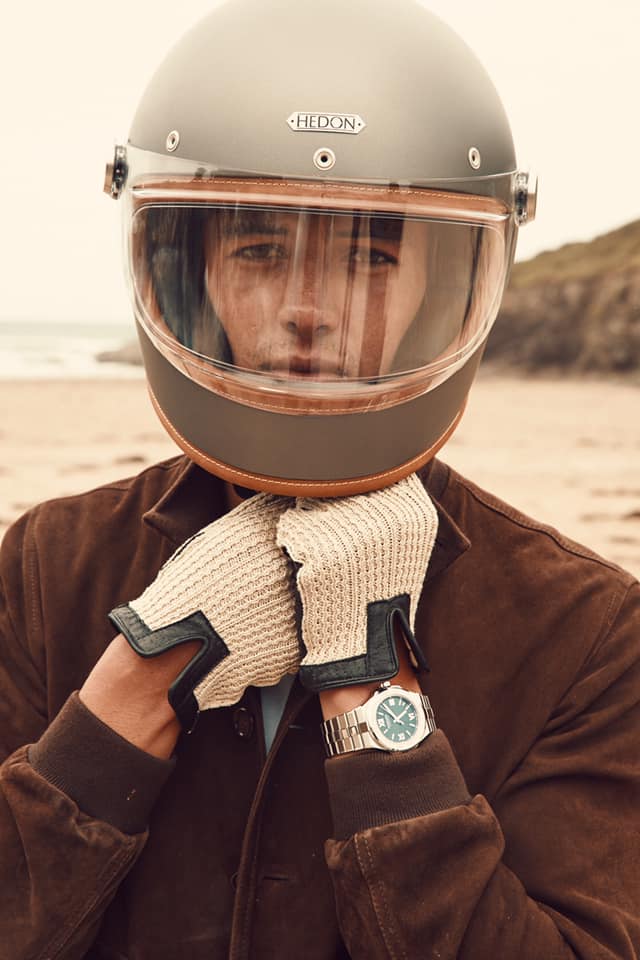
Gloves or Mittens?
To begin, especially if you’re a total novice on the subject of gloves, two basic designs exist. A proper glove features individual spaces for all fingers and often has some adjustable attributes around the wrist for a closer, slip-free fit. Due to this design, you can find lightweight options that feel barely there, and heavier-weight solutions with multiple interior layers. Understand that not every glove you come across will be built for winter wear: work gloves, for instance, might provide hand protection against punctures and abrasions and provide an optimal degree of dexterity, but they might not be insulated to your liking. As well, various athletic gloves, excluding ski gloves, are built to be thin for this purpose, and subsequently won’t provide the needed level of water resistance and insulation for cold-weather wear. Mittens are your other choice. Associated with both children’s clothing and heavy-duty, cold-weather outdoor gear, mittens feature a rounded design that covers all fingers and includes a dedicated space for a thumb. This configuration is ideal for insulation, but drastically diminishes dexterity.
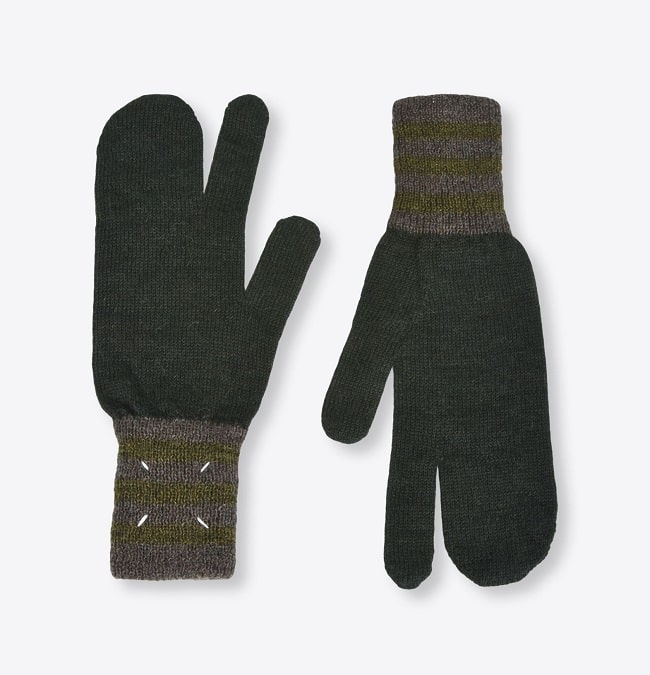
Yes, you’ll be able to handle ski poles and do a bit of snowshoeing, but you’ll find that gripping and manoeuvering a steering wheel becomes more of a challenge. Strictly on the subject of gloves, a fingerless pair might seem like a retro accessory you can pick up secondhand or at a fast-fashion retailer, but a practical design starts with higher-quality materials. Some stand by leather, others look for performance fabrics, and among luxury offerings, these tend to get an upgrade with suede or kid leather and cashmere lining. On the affordable front, military surplus stores tend to have a decent array of insulated offerings, but to avoid having a too-loose pair that slips right off, we recommend either measuring your hands ahead of time or trying them on in person. On this note, especially if you live in a climate that gets snow regularly, invest in at least two pairs of gloves. There’s a strong chance you’ll be using both regularly and switching between pairs reduces the amount of wear and tear the materials experience.
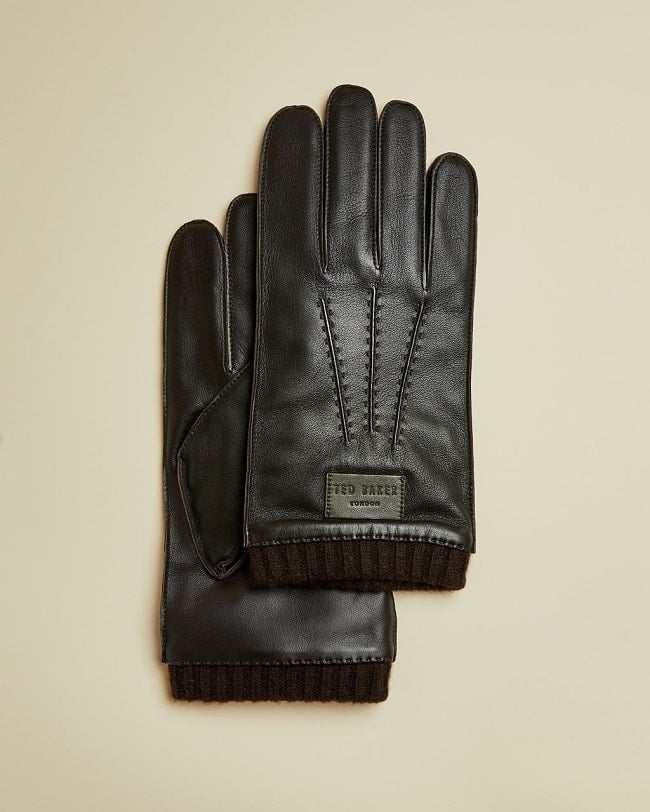
Materials
If you’re strictly going designer, you’ll likely be examining different types of leathers. On a more practical note, you’ll want to understand the pros and cons of various performance materials. Cotton, as light as it may feel, is generally off the table, unless you’re looking at the durable, abrasion-resistant waxed duck materials commonly found in heavy-duty work gloves. Without this coating, cotton acts as a sponge for moisture and instantly turns useless in wet, freezing conditions. When you’re after warmth, you’re better off with wool – known for its natural water-repellency, antimicrobial, and heat-retention properties – or a fleece, like Thinsulate or Primaloft. For these latter two, the material itself likely won’t be water-resistant, so you’ll want to seek out a combination with a fleece interior and a nylon exterior treated to repel moisture. For next-level-up protection, Gore-Tex acts the same here as it does for winter boots, allowing sweat to evaporate from the interior while blocking exterior moisture. On the subject of waterproofness, a few solutions exist out there, whether with Gore-Tex or another treatment. Commonly, a liner or membrane will be added to the glove’s body, or the exterior will feature a coating designed to repel water from the outside. Additionally, fully heat-sealed seams prevent water from seeping through into the body. Overlapping with materials, touchscreen-friendly tips give your gloves an edge. You won’t have to peel them off to use your phone or the car’s touchscreen interface, often defeating the purpose of wearing them in the first place. As you check specs, look for touchscreen tips on at least the thumb and index finger.
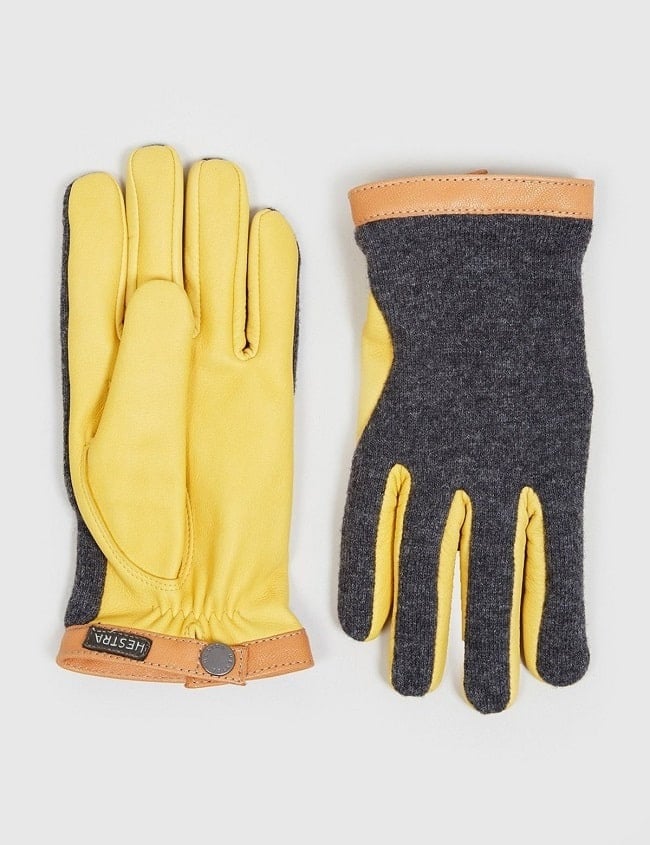
Fit and Size
A solid pair of gloves stretches with your hands, moving with all motions without ever sliding off. Yet, a too-close fit, especially with material that doesn’t stretch, ends up feeling restrictive and, worse, could cut off circulation where you really need it. With men’s gloves, fit and size overlap. Not all brands use the same sizing system, and so you don’t end up with a pair that’s too large or won’t fit over your fingers, we suggest measuring your hand’s length, bottom of your palm right to your fingertips. Then, check the size chart: as you’ll soon notice, some brands use numeric measurements, others have sizes ranging from small to XL, and a select few – often for thinner knits – keep it one-size-fits-all. Ideally, the glove should fit snug up to your fingertips without any extra room at the end. You should be able to comfortably create a fist and grasp items like shovels, tools, or, more importantly, a steering wheel. Just as with a quality pair of jeans or even a leather jacket, the material will eventually stretch and fit your hand precisely.
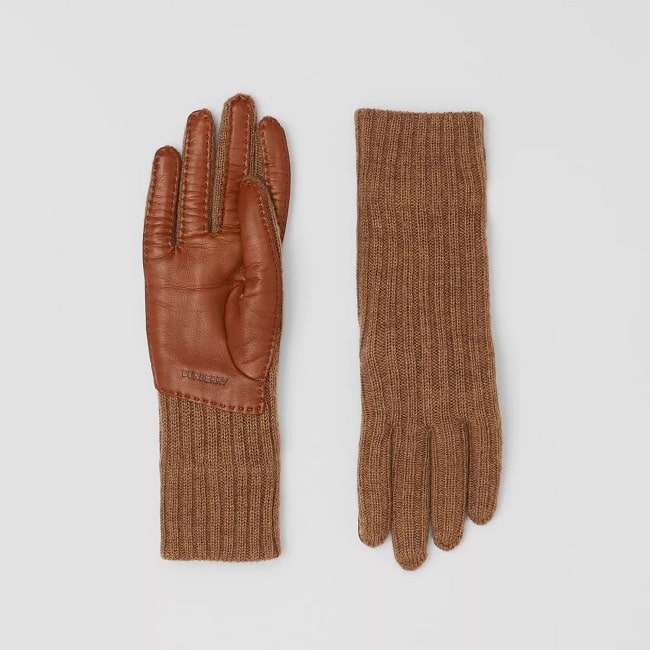
Think About a Liner
Once winter arrives, does everything in your wardrobe make you feel too cold, like it doesn’t give enough coverage, or too hot, like you’ve put on a too-heavy jacket? Just as with clothing, layering is a possibility with gloves, and that’s where liners come in. Especially if you’re wearing classic leather, suede, or deerskin gloves, a liner is designed to fit close to the skin for an extra, albeit lighter, degree of insulation. Merino wool or a synthetic material is used and offers the option to add additional coverage without extra heat and bulk. Similarly, many may choose to wear the liners alone for lighter-weight warmth without a heavier or waterproof exterior on cold days when you won’t be shovelling snow.

Trending
2
3
4
5
6
7
8
9
10










